Chosen theme: Cultural and Artistic Gems on Eco-Friendly Routes. Step into a world where creativity meets sustainability—walk, cycle, and ride electric or rail to uncover art-filled neighborhoods, intimate ateliers, living history, and community stories with a lighter footprint.
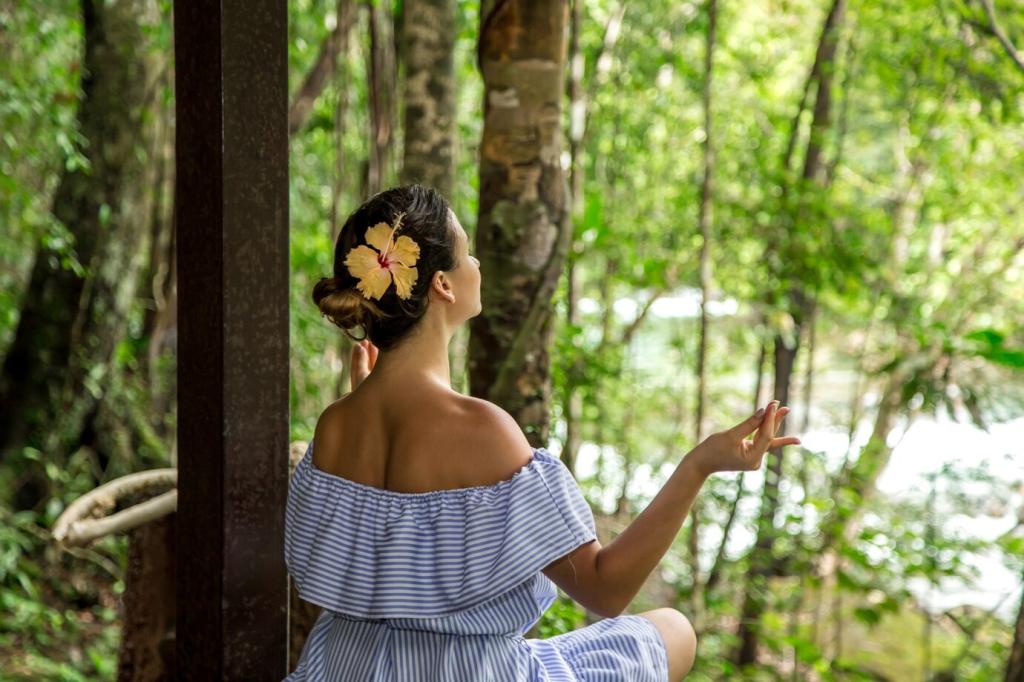
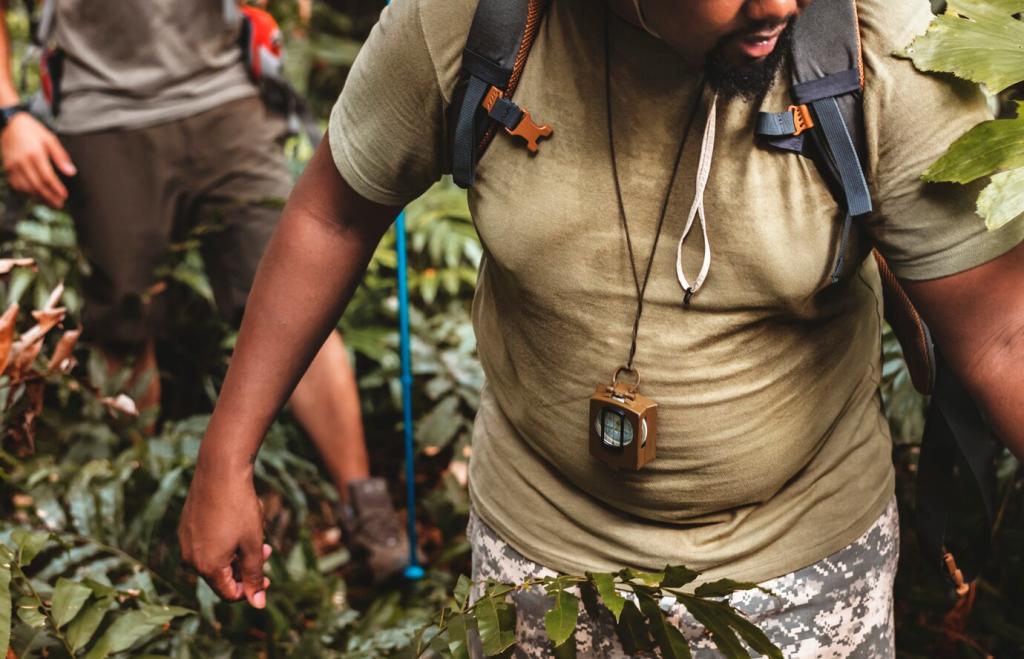
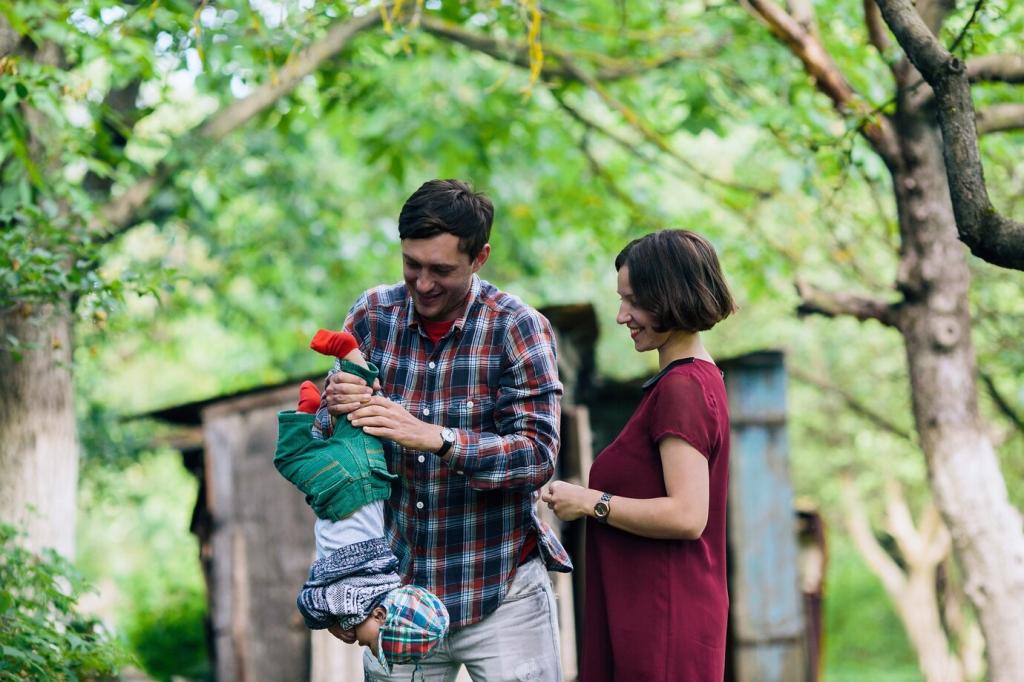

Designing a Green Itinerary to Artistic Neighborhoods
Choose regional trains connecting historic centers where museums and artisan workshops cluster within walkable distances. Research station-to-museum routes ahead of time, and build in flexible layovers to catch a matinee performance, wander a craft alley, or enjoy a pop-up exhibition.
Designing a Green Itinerary to Artistic Neighborhoods
Combine bike-share networks with dedicated lanes that pass public art, sculpture walks, and riverfront cultural hubs. Carry a small lock, map repair kiosks, and schedule rests at community gardens or squares, where performances and open-air galleries often bloom unexpectedly.
Meeting Makers: Artisans and Studios on Sustainable Paths
A Solar-Powered Ceramic Studio Story
Two stops past the river bridge, a ceramicist fires kilns using solar energy and reclaimed wood ash glazes. Visitors who arrive by bike get a tour of rainwater catchments, then shape a small keepsake while hearing how ancient techniques inspired modern, low-impact craftsmanship.
Markets That Embody Circular Creativity
Local markets reachable by tram showcase textiles, upcycled jewelry, and bookbinders repairing family albums. Bring a reusable tote, and ask makers about material sourcing. Their transparency turns a purchase into a partnership, supporting artistry that keeps resources in thoughtful circulation.
Respectful Support for Local Creators
Pay fairly, photograph with permission, and credit artists when you share on social media. Small gestures—like learning a few phrases or tipping your guide—help sustain the ecosystem that makes these cultural and artistic gems accessible along eco-friendly routes.
Green Roofs, Daylight, and Smarter Climate Control
Some museums now use green roofs, skylights with glare control, and efficient HVAC zones to protect collections while cutting energy use. Arrive by metro to learn how architecture, conservation science, and community education intersect within these pioneering cultural spaces.
Exhibitions Crafted from Reuse and Recovery
Curators increasingly feature works made from reclaimed materials, telling climate stories through sculpture, sound, and installation. Watch how artists transform scrap into meaning, and consider the lifecycle of every object—from transport crates to exhibit walls—optimized for reuse.
Street Art Trails Along Protected Bike Lanes
Mapping Murals for a Flowing Ride
Start at the riverside promenade and follow lane markings to districts where color explodes under rail arches. Download a community map, then pause at each mural to read about the collective behind it, noting dates, themes, and the neighborhood groups that steward the walls.
Stories Embedded in Pigment and Plaster
Many murals commemorate labor histories, migration waves, and local champions. An elderly baker once told me the wheat motif near his shop dates to a strike that fed strikers’ children. These layered narratives give each pedal stroke a deeper cultural heartbeat.
Photograph With Care and Presence
Step aside for other cyclists, avoid blocking entrances, and ask permission when people appear in the frame. Share your favorite mural moments in the comments and tag the artists—let your admiration translate into visibility that supports future community projects.
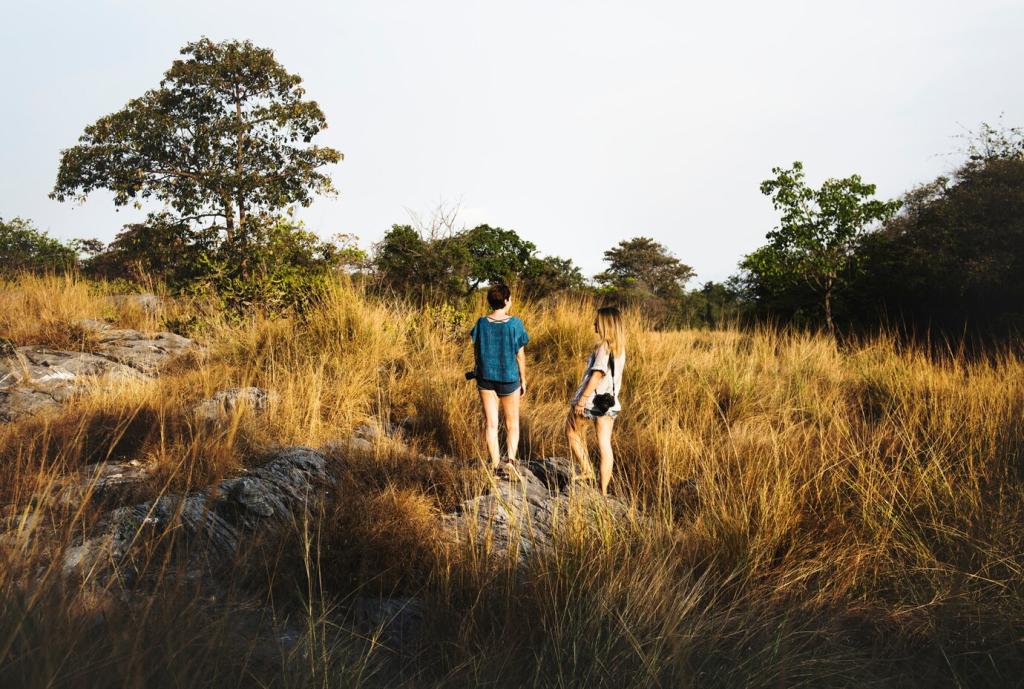
Morning Rail to the Theater Quarter
I boarded a regional train with coffee and a sketchbook, passing fields dotted with wind turbines. Stepping off, a restored art deco theater shimmered. A docent whispered how its chandelier was rehung using recycled chain links, each loop polished by volunteers’ patient hands.
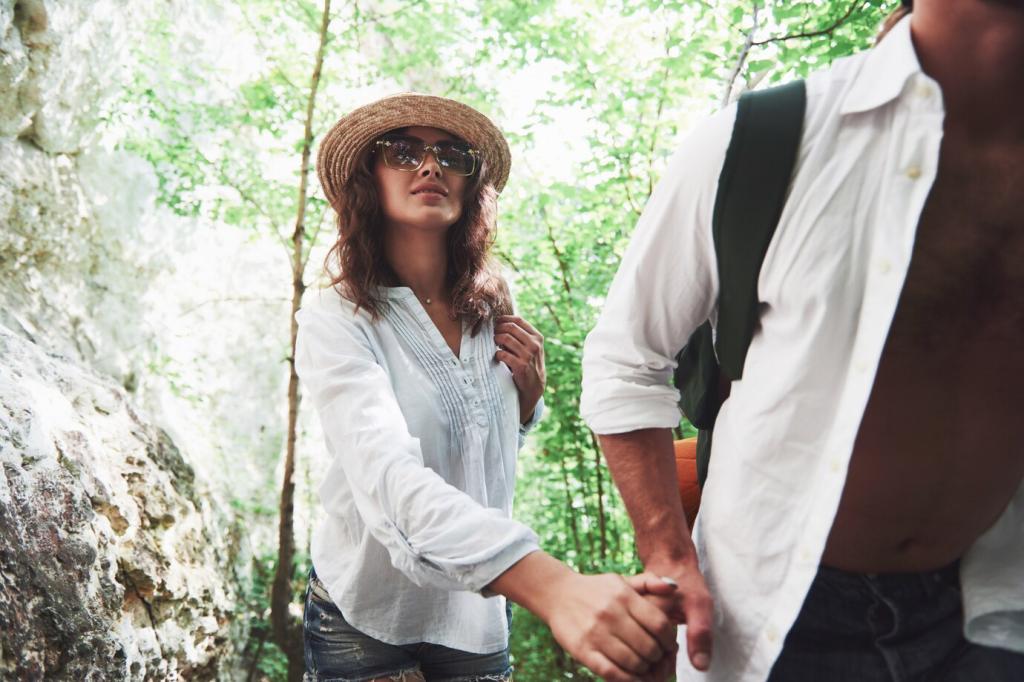
Afternoon Ferry to the Maker’s Wharf
The electric ferry hummed like a distant cello. Dockside, I wandered a pier of letterpress studios, textile looms, and marine-inspired sculptures cast from beach-found metal. A printmaker gifted me a misprint and said, smiling, that mistakes often discover the truest stories first.
Build Your Own Eco-Cultural Route
Tools and Maps That Keep You Light
Use OpenStreetMap layers for bike lanes, museum transit pages, and local arts calendars. Pin refill stations and repair kiosks. A compact daypack and reusable bottle mean fewer detours and less waste, leaving more time for artists’ talks and neighborhood performances.
Pack Mindfully, Support Locally
Carry a foldable tote, a small toolkit, and a notebook for gallery reflections. Choose local snacks, refill your cup, and donate to cultural centers. These choices braid sustainability with gratitude, ensuring your journey uplifts the places that inspire you.
Join the Conversation and Stay Inspired
Comment with your favorite cultural and artistic gems on eco-friendly routes, or challenge us to map your city’s green art trail. Subscribe for weekly itineraries, artist interviews, and community ride-and-walk meetups where stories, tips, and serendipity are always welcome.
